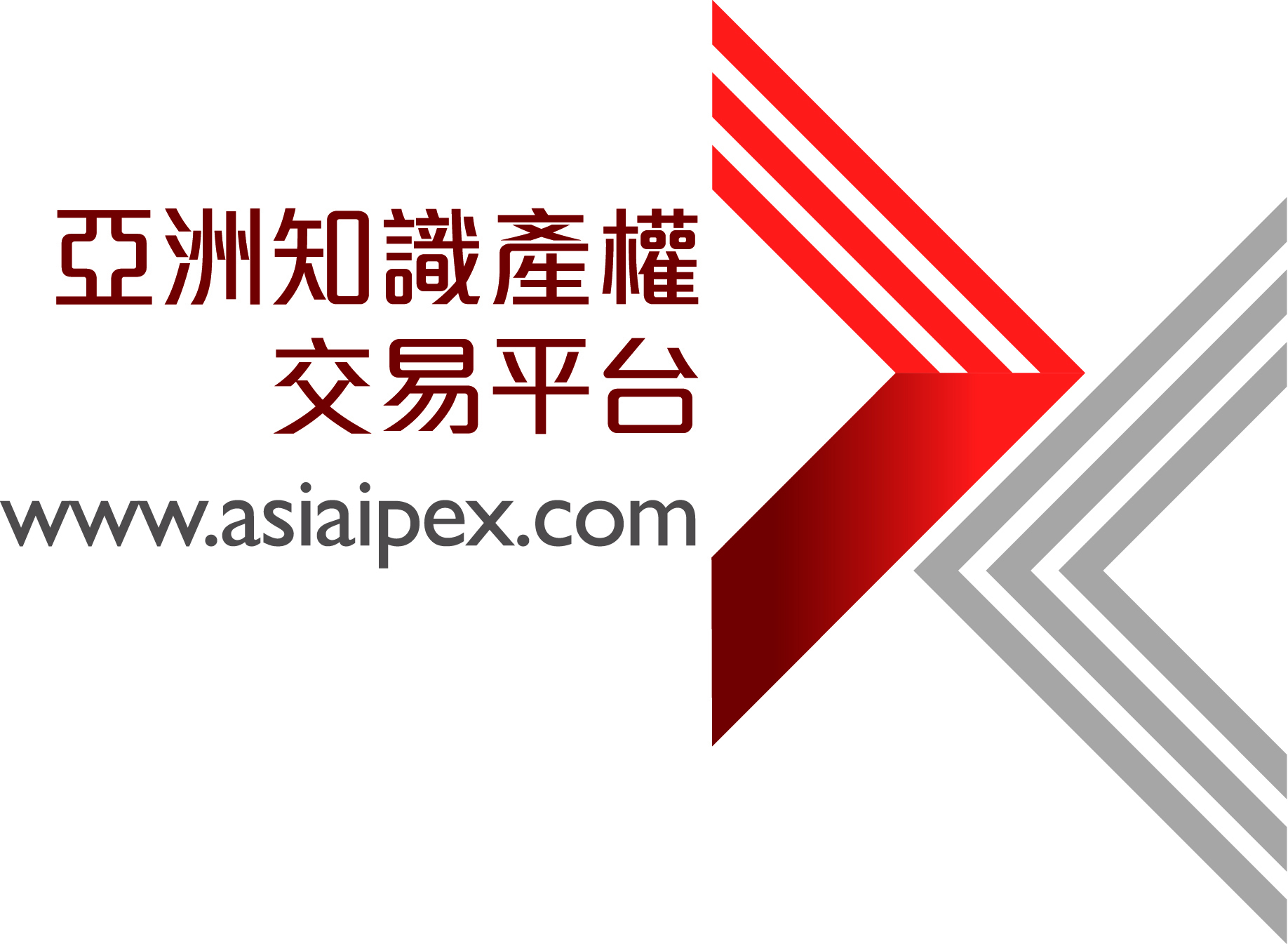Desulfurization of flue-gasses (Yeda)
- 總結
- A novel desulfurization system achieves removal of sulfur dioxide (SO2) from industrial exhaust streams at efficiencies that can greatly supersede technologies currently in use. The chemical process is highly selective to SO2, and consumes much less reagents, therefore reducing the cost of desulfurization.Techniques to capture SO2 from coal-burning plants have not changed in nearly 40 years. Once implemented, the technology presented here can become significantly more efficient and environmentally friendly than existing techniques, since no slurry waste is created from the wet sorbents typically used to capture SO2.The novel system can selectively recycle SO2 into useful sulfur-based compounds which can be resold; utilizing a carbonate eutectic melt this procedure can also be aimed to generate elemental sulfur, an inert and non-toxic compound which can be stored long-term until required for further use.In a world anxious over climate change, yet in demand of more energy, solutions should have the capacity to be implemented quickly and incorporated into existing infrastructure. This technology offers the potential to tackle several problems with one simple solution.The significant enhancement of this scrubbing technique is the sequentially operable scrubbing zone and regeneration zone, which communicate with one another via a molten eutectic mixture of lithium, sodium and potassium carbonates. In the scrubbing zone, an ingress flue gas interacts with the molten carbonates, resulting in chemical absorbance of the SO2 and in discharge of reaction gases. In the regeneration zone, either chemical or electrochemical melt regeneration takes place resulting in formation of sulfur containing vapor which is cooled down for converting the sulfur-containing vapor into a liquid and solid phase for a further collection and utilization.The technology developed by Prof. Igor Lubomirsky and his team introduces three essential improvements over past techniques: (i) the removal of sulfate from the melt is achieved at expected operating temperatures of an industrial scrubbing tower (480-550°C), which drastically reduces corrosion of metal components, (ii) the reduction of sulfates by CO gas rather than by carbon powder represents a simpler, one-step process, which results in a high reduction rate and allows for the reaction chamber to be small (few tens of m3 for a 1GW coal plant), and (iii) the removal of sulfate in the form of COS, rather than H2S, provides considerable freedom in choosing the final sulfur product either sulfuric acid or elemental sulfur.
- 技術優勢
- Implement into existing infrastructure and reduce reagents costs compared to current techniques
Significantly higher efficiency and elimination of hazardous waste by-products
Potential generation of revenue from recycled Sulfur waste.
- 技術應用
- Integrate into industrial fossil-fuel burning facilities which include:
Power plants
Cement factories
Steel foundries
- ID號碼
- 1577
- 國家/地區
- 以色列

欲了解更多信息,請點擊 這裡





